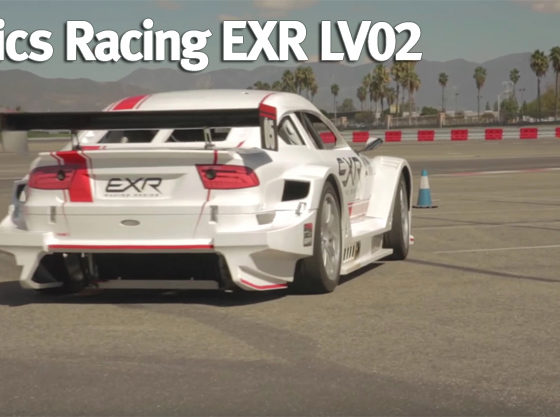
There is more info on this twin-turbo V8 racer destined for Pike’s Peak later in this article!
Performance Racing Industry: Part 4
And so, the PRI saga continues. If you thought we might have run out of crazy cars and new go-fast parts to show you after Part 3, think again. The 2015 PRI show was so packed full of neat stuff, it would have been a disservice to our readers if we'd left anything out. So sit back and relax as we continue our six-part tour of the show!
Here at MotoIQ, we love our turbos. And if you’re anything like we are, you enjoyed the coverage we started out with in the first three parts, which was all Garrett, BorgWarner, and Precision Technology and Engine turbocharging companies. Today, let’s start by checking out Turbonetics!
Turbonetics and I go way back. From 2003-2007 I used three different turbos of theirs in two different project cars. In a Porsche 944 Turbo (951) I ran a 60-1 Hi-Fi P-trim, which was tuned at 337whp/350 lb-ft at 17 PSI on 91 pump fuel in California. I also had an E36 BMW M3 with a built-motor tuned with an AEM Series 1 making over 560whp at 24 PSI with a T66 turbo with P-trim turbine as well. With only 255-sized tires in the back (there was no room for more at the time) and no traction control, that car was downright scary. But I never had anything ever go wrong with their turbos. The M3 also had a custom intercooler using two intercooler cores from Spearco (our Project Supra also used to run a Spearco as well), which is owned by Turbonetics.

This is Turbonetics’ new TNX series turbocharger in its line up. They’re available in 44- to 69-mm inducer configurations, with flow levels ranges that are good for 300-900 horsepower per turbo.

Here’s one of the larger units in the Turbonetics’ TNX series, the TNX-45/69 (69-mm inducer) rated at 900hp.

Here’s an inside look at a Turbonetics TNX turbo. Each of these turbos feature a patent-pending floating dual ball bearing design for ultra-fast spooling, and dual oil seals on both the compressor and turbine sides.

When one thinks of a lightweight battery, Braille should come to mind. Changing batteries is one of the easiest ways to reduce vehicular weight. While most factory car batteries can way 35-50 lb, here’s a Braille G-lite unit with more than enough cranking power to handle all of today’s needs, and it weighs just 6 lb!



